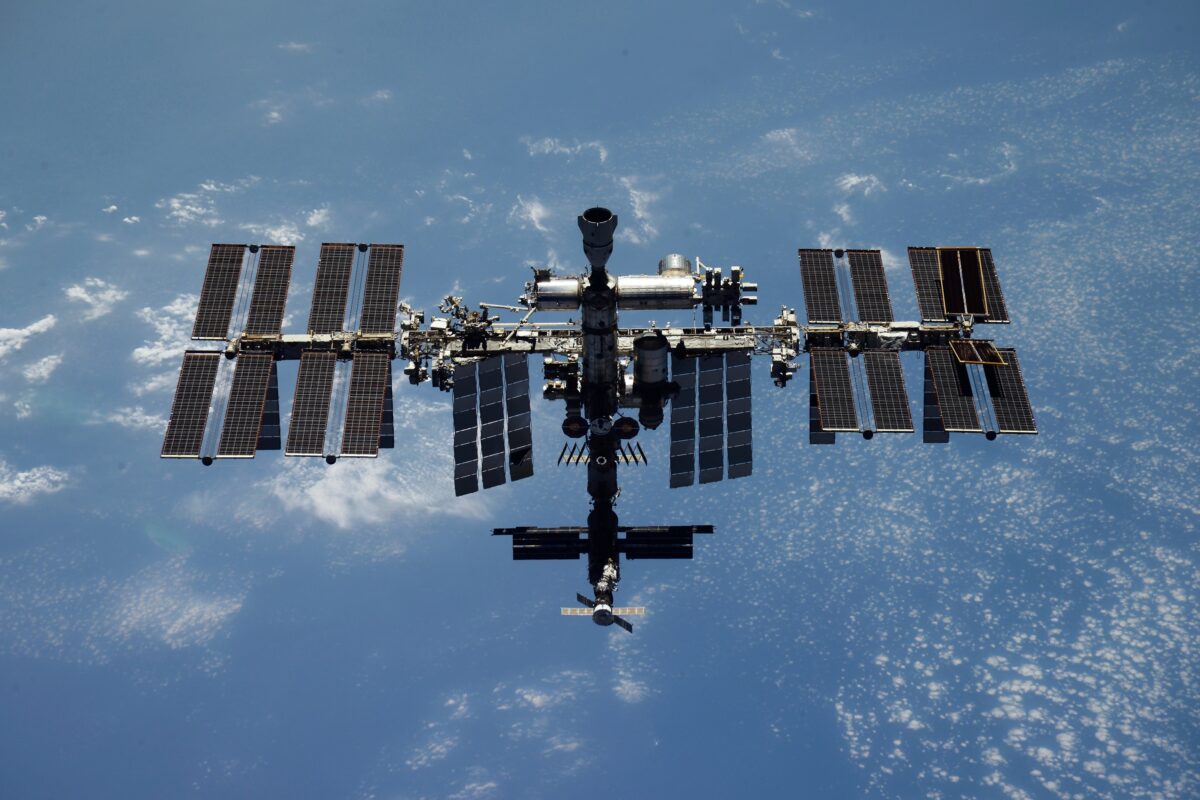


SpaceX and NASA were forced to call off a launch to the International Space Station (ISS) due to a last-minute technical problem.
The SpaceX Falcon 9 rocket carrying astronauts was set to be launched to the ISS on Feb. 27 when a problem with the rocket’s ground launch system was detected with less than three minutes left on the clock, reported CNN.
The rocket was supposed to lift off 1:45 a.m. EST, but the countdown to launch timer was stopped by engineers overseeing the ground systems.
An issue related to the TEA-TEB ignition fluid, which is used to set off the engines for the 230-foot-tall Falcon 9’s rocket at liftoff, was found to be the direct cause.
The launch team discovered a problem involving ground equipment used for loading the engine ignition fluid and could not be sure there was a full load, said NASA officials.
A SpaceX engineer compared this critical ignition system to spark plugs for a car, reported CBS News.
NASA operators decided to call off the launch from the Kennedy Space Center in Cape Canaveral, Florida, “out of an abundance of caution,” according to SpaceX systems engineer Kate Tice, on the space agency’s webcast.
The ground crew said there was no time to deal with the problem because of the immediate problems with the engine ignition system.
The SpaceX mission comes after the astronauts on the ISS had been dealing with a separate transportation issue for some time.
The crew on the ISS had been facing supply delays after a Russian Soyuz spacecraft used to transport two Russian cosmonauts and one NASA astronaut to the space station started to leak coolant in December.
Russia’s space agency, Roscosmos, was able to launch a replacement capsule to the ISS on Feb. 23 after the original one was deemed too unsafe to return to the crew after the damage and arrived the following day.
Meanwhile, the four crewmembers who were waiting for hours to lift off from their Crew Dragon capsule on top of their Falcon 9 rocket were able to disembark after waiting for the launch vehicle to be drained of its fuel.
The SpaceX rocket bound for the space station was carrying two NASA astronauts, Stephen Bowen, a veteran of three space shuttle missions, and first-time flier Warren Hoburg. The others were Sultan al-Neyadi, who will be the second astronaut from the United Arab Emirates to travel to space, and Russian cosmonaut Andrey Fedyaev.
The Crew-6 team will remain at the space center until the next launch attempt.
SpaceX did not immediately say when it would try again, but NASA said it would now look to launch the SpaceX Crew-6 mission shortly after midnight on March 2, “pending resolution of the technical issue preventing Monday’s launch.”
However, an unfavorable weather forecast up the East Coast in the emergency recovery area forced the space agency to skip a launch set for Feb. 28.
“We’ll be sitting here waiting,” commander Stephen Bowen assured everyone. “We’re all feeling good.”
Bowen and his fellow crew mates will replace four space station residents from the Crew-5 team who have been in space since October 2022.
The four are expected to remain aboard for up to six months on the orbiting laboratory in order to carry out science experiments and maintain the almost 23-year-old space station.
The prospective mission is expected to mark the seventh spaceflight that SpaceX has carried out to bring up astronauts on NASA’s behalf since 2020.
“I’m proud of the NASA and SpaceX teams’ focus and dedication to keeping Crew-6 safe,” NASA’s administrator Bill Nelson said in a blog post after the failed launch.
“Human spaceflight is an inherently risky endeavor and, as always, we will fly when we are ready,” he said.
